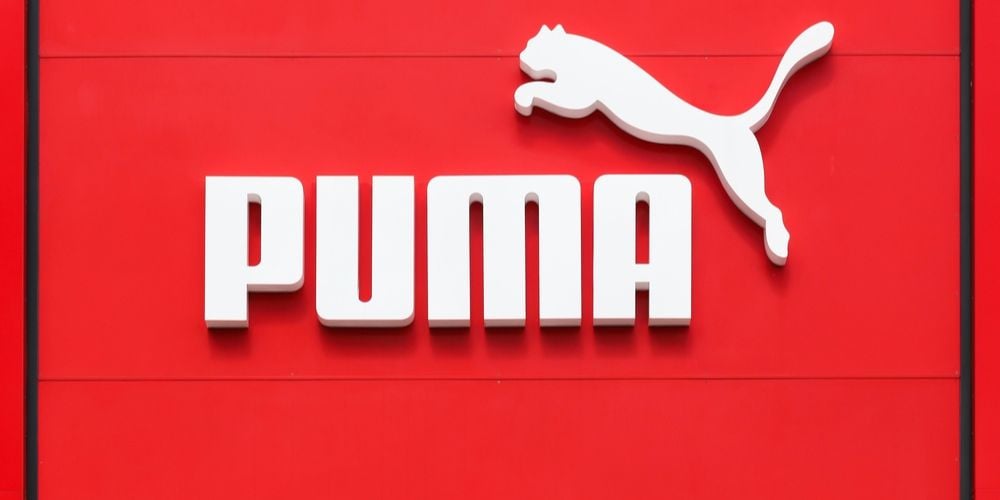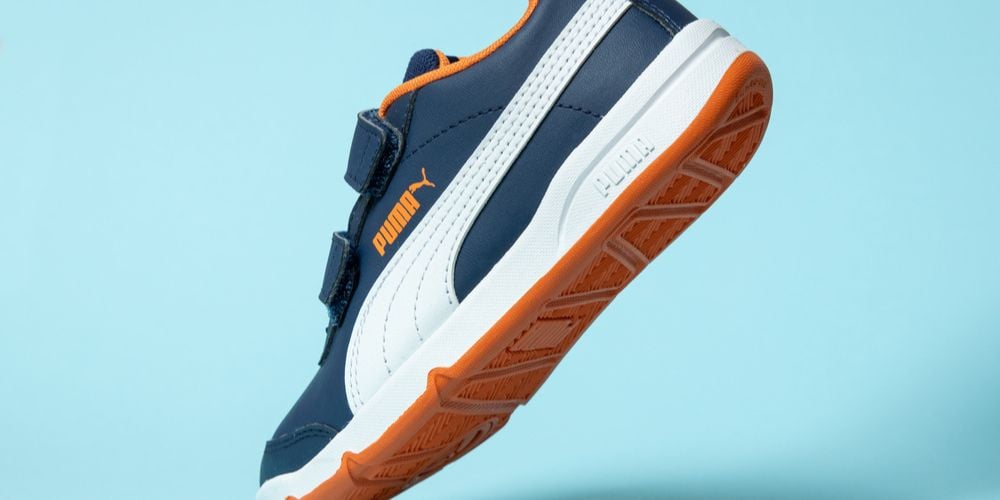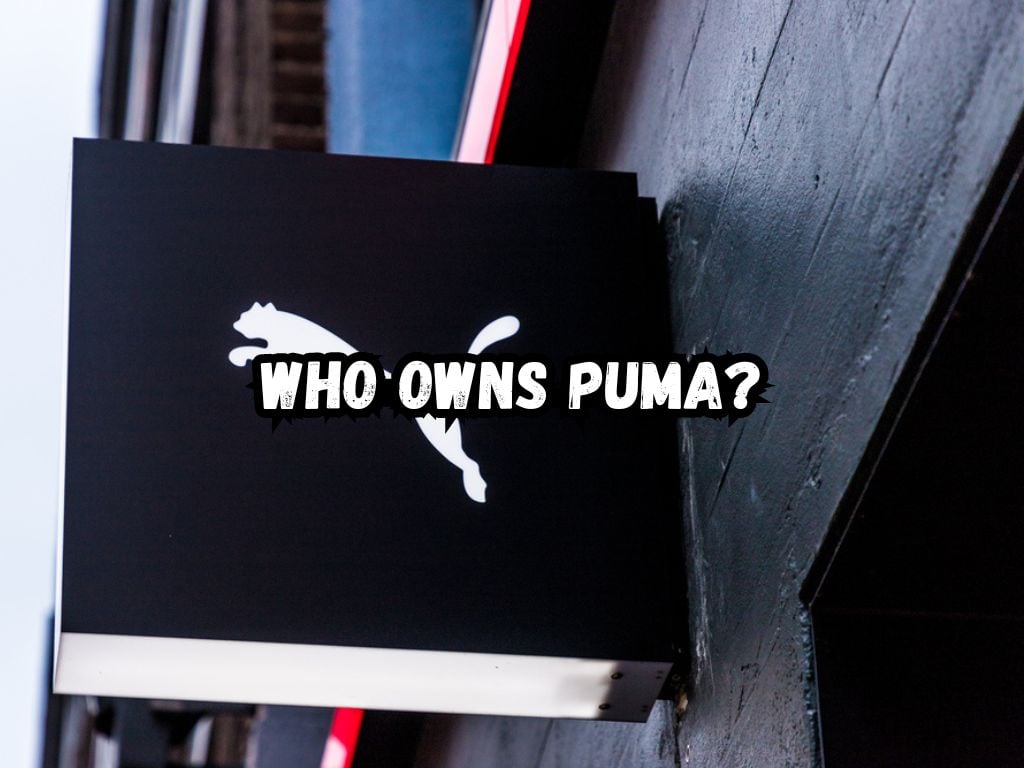Puma, a renowned sportswear manufacturer, has left an indelible mark on the industry with its innovative designs and high-performance apparel.
As consumers and investors, it’s crucial to understand who owns Puma to gain insights into its decision-making processes and strategic direction.
In this article, we will delve into the history of Puma’s ownership and explore its current shareholders, shedding light on the key players behind the brand’s success.
Who Owns Puma?
Puma’s Founding and Early Ownership
Rudolf Dassler, a visionary entrepreneur, founded Puma in 1948. With a keen understanding of the importance of athletic footwear, Dassler set out to create a brand that catered to athletes’ specific needs.
However, he wasn’t alone in his pursuit of success. His brother, Adolf Dassler, founded Adidas, effectively creating a rivalry that would shape the sportswear industry.
In its early years, Puma experienced rapid growth and went through various ownership structures.
Initially, it was a family-owned business, with the Dassler brothers driving its success.
However, their diverging visions for the brand eventually led to a split in 1948, and Rudolf Dassler went on to establish Puma as an independent company.

Evolution of Puma’s Ownership
Over the years, Puma’s ownership underwent significant shifts. One notable event in the brand’s history occurred in 1993 when it became a public company, with shares listed on the Frankfurt Stock Exchange.
This move allowed Puma to raise capital and expand its operations, leading to increased global reach and growth.
However, the biggest shift in Puma’s ownership structure happened in 2007 when the Pinault-Printemps-Redoute (PPR) group, now known as Kering, acquired a majority stake in Puma.
This transaction marked a turning point for Puma, as it brought the brand under the umbrella of a global luxury goods conglomerate.
Key Players in Puma’s Ownership
The Pinault François Family holds a prominent position among Puma’s stakeholders.
Led by François-Henri Pinault, the family’s involvement in Puma reflects their commitment to diversifying their portfolio beyond luxury goods.
With Kering’s acquisition of a majority stake in Puma, the Pinault François Family’s influence on the brand’s strategic decision-making process expanded.
Another crucial player in Puma’s ownership structure is the Artémis Group, a holding company controlled by the Pinault François Family.
The Artémis Group has a significant stake in Kering, effectively connecting Puma to a network of luxury brands.
Kering’s strong presence in the fashion industry has undoubtedly impacted Puma’s direction as a sportswear brand.
Impact of Ownership on Puma’s Strategy and Branding
Puma’s ownership structure plays a pivotal role in shaping the brand’s strategy and branding.
Shareholders exert influence over key decisions, including collaborations and partnerships.
For instance, Puma’s association with luxury fashion house Balmain and renowned singer Rihanna as brand ambassadors can be attributed, at least in part, to the company’s ownership connections.
The collaboration between Puma and Balmain, facilitated by their shared ownership under Kering, exemplifies how ownership relationships can drive synergies and create exciting opportunities for cross-industry collaborations.
These partnerships not only enhance Puma’s brand image but also contribute to the company’s growth on a global scale.
In addition to collaborations, Puma’s ownership structure impacts the brand’s corporate social responsibility (CSR) initiatives.
In 2015, Kering published its Environmental Profit and Loss Account, providing a comprehensive overview of the environmental impact of its entire supply chain.
This move signaled a significant shift in the fashion industry and set new standards for sustainable business practices.
Puma, as a subsidiary of Kering, has also made strides in sustainability, launching the “Puma x First Mile” collection made from recycled plastic bottles.
The Future of Puma’s Ownership
While Puma’s ownership structure has remained relatively stable in recent years, the ever-evolving business landscape leaves room for speculation about potential future changes.
Market dynamics and strategic considerations may lead to shifts in ownership, which could impact Puma’s growth trajectory and brand identity.
One potential scenario is that Kering may divest its stake in Puma to focus on its core luxury business.
This move could lead to Puma becoming a fully independent sportswear company or attracting new ownership.
In either case, it will be interesting to observe how Puma positions itself in the market and maintains its reputation for innovation and performance.

Frequently Asked Questions
Who was the founder of Puma?
Puma was founded by Rudolf Dassler in 1948.
Can individuals invest in Puma?
Yes, Puma is a publicly traded company, which means that individuals can invest in its shares through the stock market.
How does Puma’s ownership compare to other sportswear brands?
Puma’s ownership structure sets it apart from other sportswear brands, as it is owned by the Pinault-Printemps-Redoute group (now Kering) and has connections to the luxury fashion industry.
Has Puma’s ownership changed in recent years?
Yes, Puma’s ownership changed when the Pinault-Printemps-Redoute group acquired a majority stake in the company in 2007.
What is the relationship between Puma and the Pinault François Family?
The Pinault François Family controls the Artémis Group, which has a significant stake in Kering, the parent company of Puma. As a result, the Pinault François Family has a significant influence on Puma’s ownership and strategic decisions.
Conclusion
Understanding the ownership structure of a brand like Puma provides valuable insights into its decision-making processes and future trajectory.
From its founding by Rudolf Dassler to the current ownership under the Pinault François Family and connections to the luxury fashion industry through Kering, Puma’s ownership is a complex web that shapes its strategy and branding.
As the brand continues to innovate and expand its global reach, keeping an eye on its ownership journey will offer a deeper appreciation for Puma’s enduring success.
Despite potential changes in ownership, Puma’s strong brand identity, commitment to sustainability, and reputation for exceptional sportswear will undoubtedly propel it to new heights in the years to come.


 Tags:
Tags:










